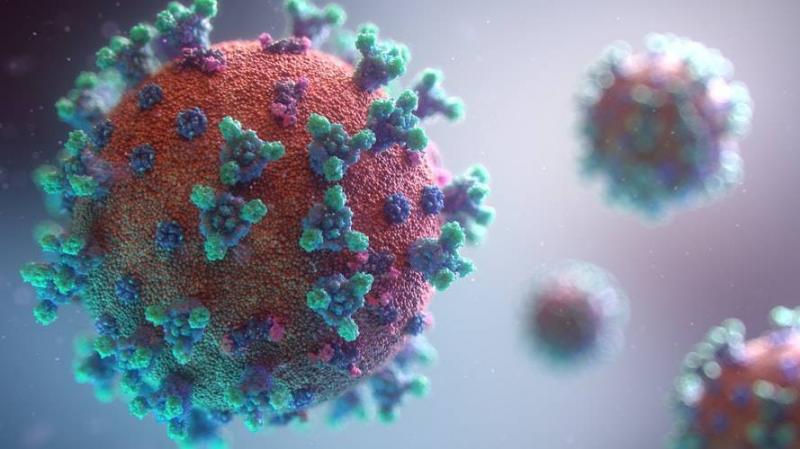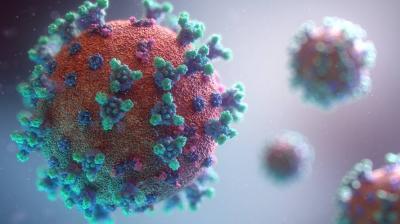The World Health Organization (WHO) has issued updates to its air quality guidelines and renewed its warning about the dangers of pollution on human life, especially during the COVID-19 pandemic that has claimed millions of lives worldwide. The 56th episode of the program "Science in 5," hosted by Fishta Gupta Smith and broadcast by the WHO on its official site and social media accounts, discussed the new air quality guidelines and the impact of pollutants on the exacerbation of the spread of the coronavirus, through an interview with global expert Dr. Maria Neira, Director of the Department of Environment, Climate Change, and Health at the WHO.
#### Lowering Pollution Levels
Dr. Neira stated that the primary update in the WHO's air quality guidelines is the need to lower the recommended exposure levels to air pollutants to safeguard human health, noting that it is now known that even exposure to very low levels of certain pollutants inhaled daily poses a risk. She added that for six major pollutants, the organization recommends lower levels to protect human health. The key message of these guidelines is that if the organization's recommendations, particularly regarding PM 2.5—fine particulate matter with a diameter of up to 2.5 micrometers, which is among the most dangerous airborne particulates for health—are implemented, 80% of the total number of annual deaths caused by air pollution could be saved, with statistics indicating it leads to 7 million premature deaths annually from exposure to air pollution.
#### Six Life-Threatening Pollutants
Dr. Neira identified six pollutants that should be eliminated from the air breathed by humans, as they pose a significant concern for the health of living beings. She highlighted that PM 2.5 can easily travel to the lungs and then enter the bloodstream, potentially reaching any organ in the human body. She also mentioned slightly larger particulate matter, known as PM10 with a diameter of up to 10 micrometers, along with four other pollutants primarily resulting from traffic or fossil fuel combustion: SO2, NO2, ozone, and carbon monoxide. Dr. Maria stated that these six pollutants are targeted in the WHO's guidelines and recommendations, and success in implementing the new recommendations by reducing the levels of these six pollutants in the air could save many lives.
#### COVID-19 and Air Pollution
Regarding the relationship between air pollution and COVID-19 infections, Dr. Neira explained that poor air quality is a major risk factor for acute and chronic respiratory diseases as well as cardiovascular diseases. She added that individuals exposed to air pollution are more likely to develop certain conditions or underlying diseases that could lead to more severe cases if they become infected with the SARS-CoV-2 virus, thus indicating a clear link between air pollution and the worsening of COVID-19 cases in heavily polluted areas.
#### A Greener World
Dr. Neira emphasized that these facts provide additional reasons to begin planning now for the post-recovery phase from the COVID-19 pandemic, in order to imagine a greener world with clean energy sources and places where humans can breathe air that does not harm their health.
The WHO warns: this factor kills millions and exacerbates the spread of COVID-19. In this context, Dr. Maria noted that 90% of the world's population breathes air that does not meet the WHO's recommended standards for protecting human health. She expressed hope that binding decisions will be made by governments worldwide to reduce air pollution and lower risk levels threatening citizens' health. The coronavirus has caused at least 4,780,108 deaths globally since the WHO office in China reported the emergence of the disease at the end of December 2019, while at least 233,723,290 people have been confirmed infected with the virus since its emergence. The vast majority of infections have recovered, although some continue to experience symptoms for weeks or even months.




